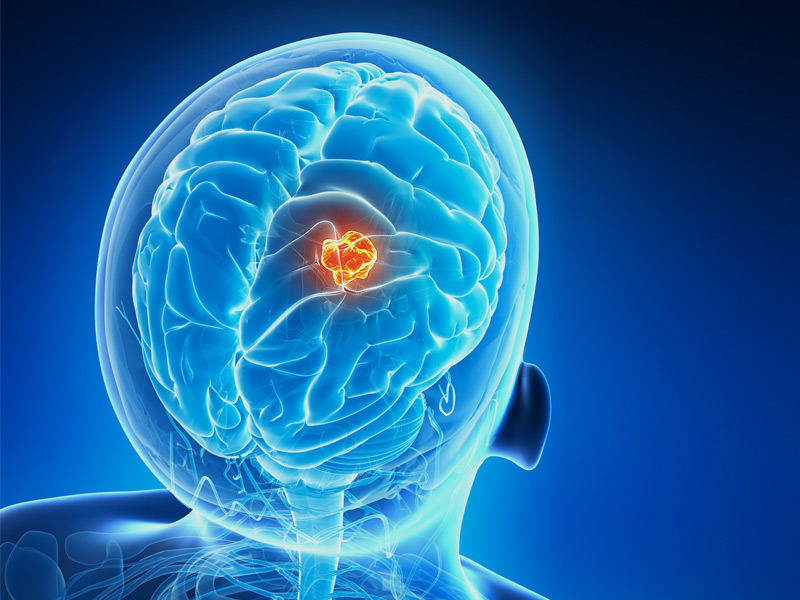

One of the common, as well as highly aggressive tumors of the brain, is the Glioblastoma multiforme. Once, the diagnosis is done, many patients die within a few months period. The survival rate for this tumor is as low as 6 patients out of 100 being able to live for 5 years period or more. This is one cancer that has shown a lot of resistance against treatments. One of the main reason behind the same is because this tumor invades the healthy brain tissues surrounding it, thus making it impossible to remove it surgically.
The research was carried out by engineering nanostructures containing both conventional chemotherapy drugs namely cisplatin and gold. These nanospheres were released to the tumor cells were taken from patients suffering from glioblastoma, taken to the laboratory, and grown followed by exposure to radiotherapy. The results were quite amazing and after 20 days, the tumor cells were totally destroyed without any proof of revival. The treatment was more effective than conventional chemotherapy because it enhanced the impact of it by helping gold to release electrons that caused damage to the DNA of the cancer cells and the overall structure as well.
This is a stepping stone in the treatment of aggressive brain tumors and as per the experts in Nanotechnology but work is still in progress before this treatment can be used for patients suffering from glioblastoma. The best part of the experiment was that it was carried out on tumors of glioblastoma patients, where the experts tested this approach drug-resistant tumors that were evolving.
The study was carried out by Dr. Colin Watts, a clinical scientist as well as an honorary consultant Neurosurgeon at the Clinical Neurosciences, and Mark Wellan, Professor of Nanotechnology and Fellow at St John’s College, University of Cambridge. This work of theirs is published in the Royal Society of Chemistry Journal call Nanoscale.
As per Professor Welland, their combined therapy seems to be highly effective particularly with live cell culture. This is definitely not a cure for cancer but throws light on how nanotechnology can play a significant role in fighting this aggressive cancer. Researchers also believe that this treatment procedure could be used for treating a variety of different and challenging cancer types.
The professor also harped upon the big advantage the nanoscientists had by working with clinicians because they could ensure that this science does have a clinical relevance through their involvement. This further ensures that the idea can be realized and implemented beyond the labs due to its clinical impact.


 Emergency Number
Emergency Number